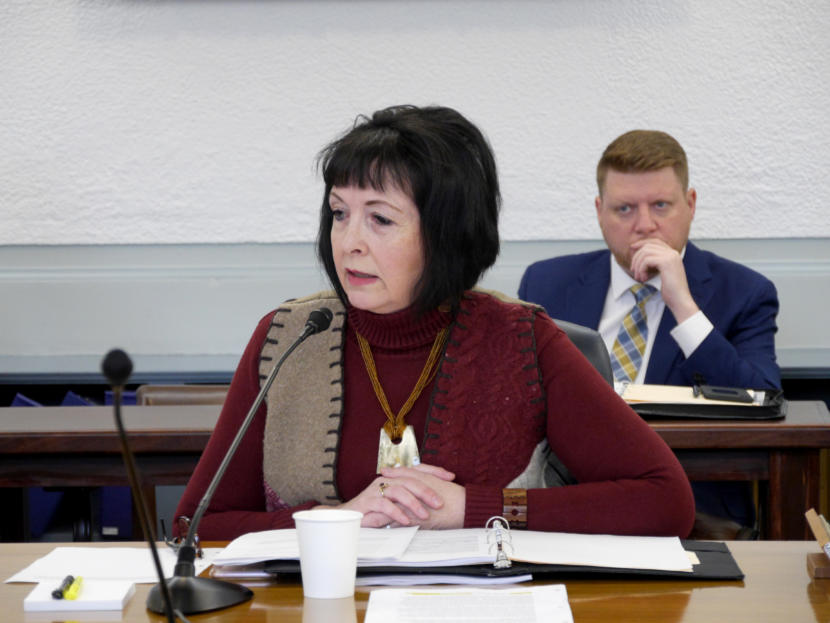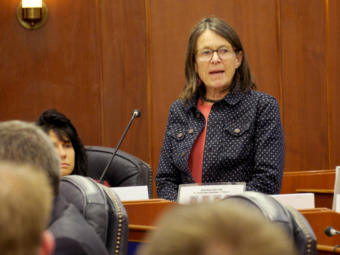
State legislators weighing the future of the Alaska Permanent Fund made one major recommendation: Don’t draw more from the fund than allowed under a law passed two years ago.
A working group created last June to make recommendations on the fund decided against proposing a specific change to the formula for setting permanent fund dividends. The group adopted a 40-page report at its last meeting, held on Monday, the day before the start of the legislative session.
Group co-chair Jennifer Johnston, an Anchorage Republican, described what the group was able to agree on.

“We were able to establish and recommend that the permanent fund should be protected from inflation and the Legislature should not utilize more of the earnings reserve” than is outlined in the law limiting the draw to roughly 5% of the fund’s overall market value, Johnston said.
The report laid out a brief history of the permanent fund and dividends. It also described the potential consequences of setting dividends at different levels, including the roughly $3,000 amount under the formula set in a 1982 law and used until 2016.
Other options include setting dividends at $1,600, the level they’ve been the last two years; or setting them at a level that depends on the surplus available once state government is funded, which could be as low as $865 and as a high as nearly $3,000, depending on the size of the budget.
At an earlier meeting, Palmer Republican Sen. Shelley Hughes proposed using half of the annual draw to pay for dividends, which would lead to a current dividend level of roughly $2,300. But once the working group decided against adopting her proposal as a recommendation, Hughes said she decided to maintain her position that dividends should be set using the 1982 law.
The recommendation to stay within the limit passed two years ago was not unanimous. The working group adopted an amendment proposed by Hughes that said that only a majority of the committee agreed to the recommendation. Hughes said she’s concerned that the the law limiting the draw will not constrain spending from the fund’s earnings reserve, since the Legislature could choose not to follow the law in the same way that it’s chosen not to follow the 1982 dividend formula law in recent years.
Hughes also said she supports spending $1 billion more for permanent fund dividends than what was included in the budget. Gov. Mike Dunleavy has proposed doing this, in order to increase dividends to be what they would be under the 1982 law.
Hughes said this amount should come from the draw on permanent fund earnings. She did not immediately identify a source for funding the $1 billion in state spending this year that currently depends on the draw.
Hughes also said she continues to support Dunleavy’s proposal last year to spend roughly $2 billion to pay back residents for the amounts they didn’t receive in dividends when they were reduced in 2016, 2017 and 2018. While Dunleavy didn’t include funding for the three years of back payments in his current budget proposal, his staff has said he hasn’t changed his position on the back payments.
The Legislature has been unable to agree on changing the dividend formula during debates over the past four years. It came closest in 2018, when the Senate proposed using a quarter of the draw for dividends and the House proposed using a third of the draw for dividends. But the House also required that the change be tied to separate legislation to increase state tax revenue. And the two chambers couldn’t agree to work out their differences over the dividend. So they settled on passing the limit on the draw without changing the dividend formula.
Watch the latest legislative coverage from Gavel Alaska.
